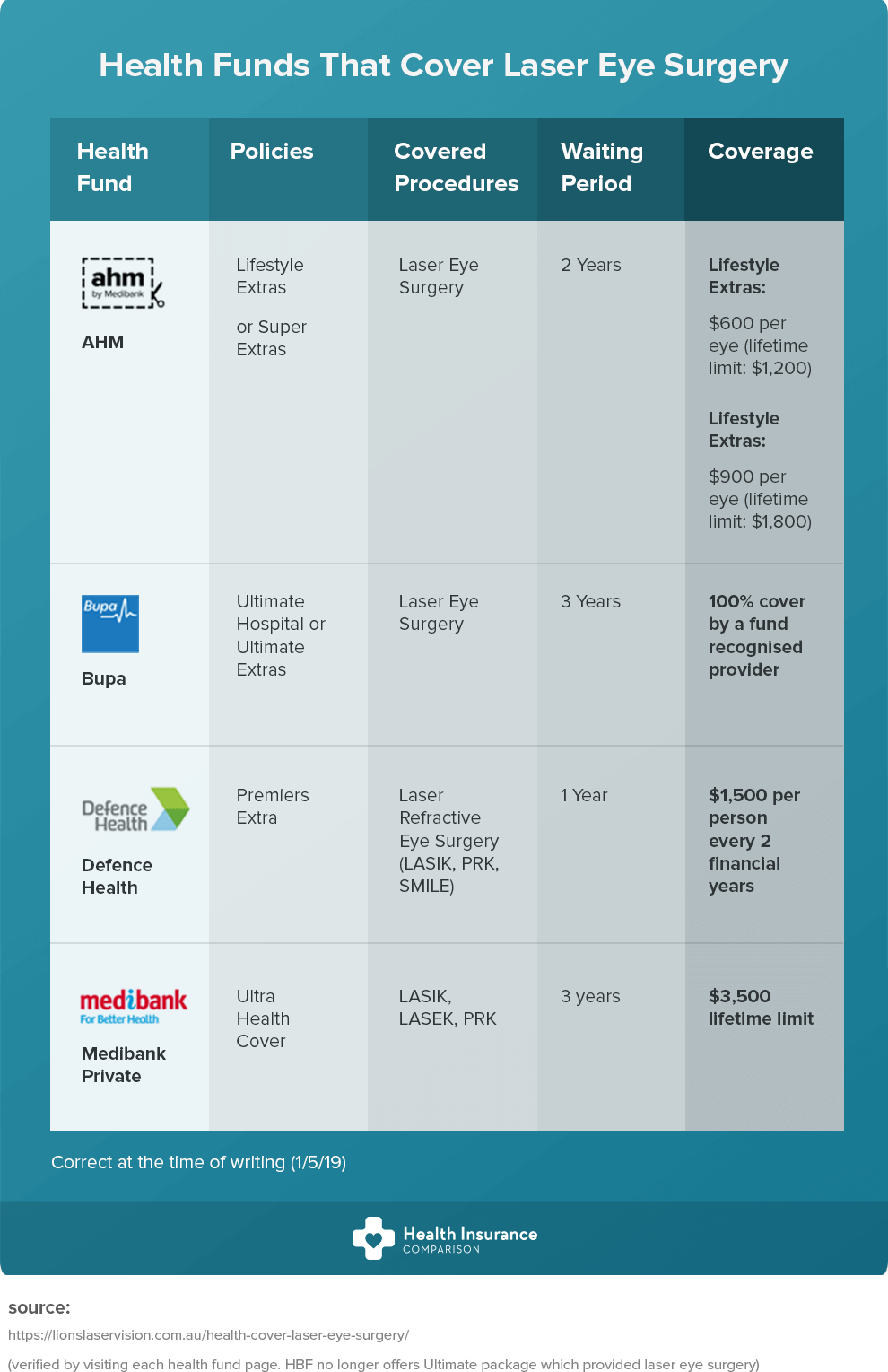Not Sure Concerning SMILE Surgical Treatment? Explore Vital Variables And Understandings That Will Lead You In Making An Educated Option Concerning Your Vision's Future
Not Sure Concerning SMILE Surgical Treatment? Explore Vital Variables And Understandings That Will Lead You In Making An Educated Option Concerning Your Vision's Future
Blog Article
Produced By-Banke Storm
If you're pondering SMILE eye surgery, contemplate this: are you prepared to welcome prospective visual flexibility, or does the thought of any type of dangers make you be reluctant? Your decision will depend upon a mindful balance of considering the advantages against the uncertainties. It's crucial to dig much deeper into the subtleties of SMILE surgical treatment to make an educated selection that aligns with your visual objectives.
Understanding SMILE Eye Surgical Procedure
When considering SMILE Eye Surgical treatment, it is necessary to comprehend the treatment and its benefits. SMILE, which stands for Small Incision Lenticule Removal, is a minimally intrusive laser eye surgical procedure that corrects usual vision problems like nearsightedness (nearsightedness).
During the treatment, your eye surgeon will make use of a femtosecond laser to develop a tiny laceration in your cornea. Via this cut, a tiny disc of cells called a lenticule is eliminated, reshaping the cornea and correcting your vision.
Among What Does LASIK Mean of SMILE Eye Surgery is its quick healing time. Halo Effect After LASIK of patients experience boosted vision within a day or 2 after the procedure, with minimal discomfort.
Additionally, SMILE is understood for its high success price in giving long-term vision correction. Unlike LASIK, SMILE does not call for the creation of a flap in the cornea, minimizing the danger of issues and allowing for a much more steady corneal framework post-surgery.
Understanding the procedure and its benefits is vital when taking into consideration SMILE Eye Surgical procedure for vision modification.
Benefits and drawbacks of SMILE
Thinking About SMILE Eye Surgical procedure for vision correction includes various advantages and potential drawbacks.
One of the primary pros of SMILE is its minimally intrusive nature, as it involves a small laceration and typically results in fast healing times. The procedure is also understood for causing very little pain and dry eye signs post-surgery contrasted to various other vision correction approaches. In addition, SMILE has actually been revealed to supply excellent aesthetic results, with numerous patients attaining 20/20 vision or much better.
On the other hand, a possible con of SMILE is that it may not appropriate for people with extreme refractive mistakes, as the treatment array is rather limited compared to LASIK. Another factor to consider is that the learning contour for doctors applying SMILE can impact the availability of skilled suppliers in particular areas.
It is essential to evaluate these pros and cons carefully when choosing if SMILE is the right choice for your vision adjustment needs.
Identifying Qualification for SMILE
To identify if you're eligible for SMILE eye surgical procedure, your optometrist will certainly conduct a detailed examination of your eye health and wellness and vision requirements. During this analysis, aspects such as the security of your vision prescription, the thickness of your cornea, and the overall health of your eyes will be assessed.
Typically, candidates for SMILE more than 22 years of ages, have a steady vision prescription for at least a year, and have healthy and balanced corneas without problems like keratoconus.
Your optometrist will additionally consider your total eye health and wellness, any type of existing eye conditions, and your way of life requires to identify if SMILE is the appropriate selection for you. It's necessary to interact any type of certain visual needs or worries you may have throughout this assessment to guarantee that the treatment lines up with your assumptions.
If you aren't eligible for SMILE, your eye doctor may suggest alternate vision modification options that much better suit your specific demands and eye health condition.
Conclusion
Eventually, choosing whether SMILE eye surgery is right for you calls for mindful consideration of your specific eye wellness and visual needs. Consult with your optometrist to determine your qualification for the procedure and weigh the potential benefits and disadvantages. Keep in mind to connect any issues or concerns you may have throughout the analysis procedure to make an enlightened choice regarding your vision adjustment choices.
